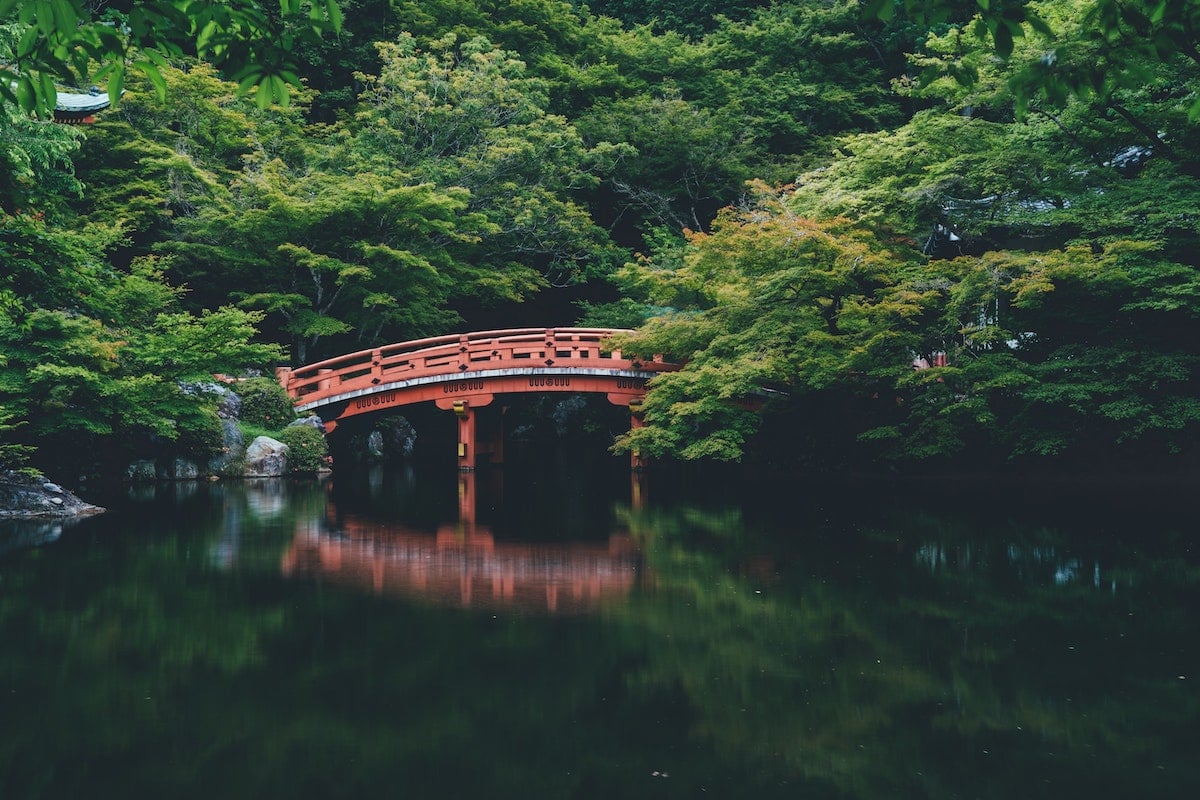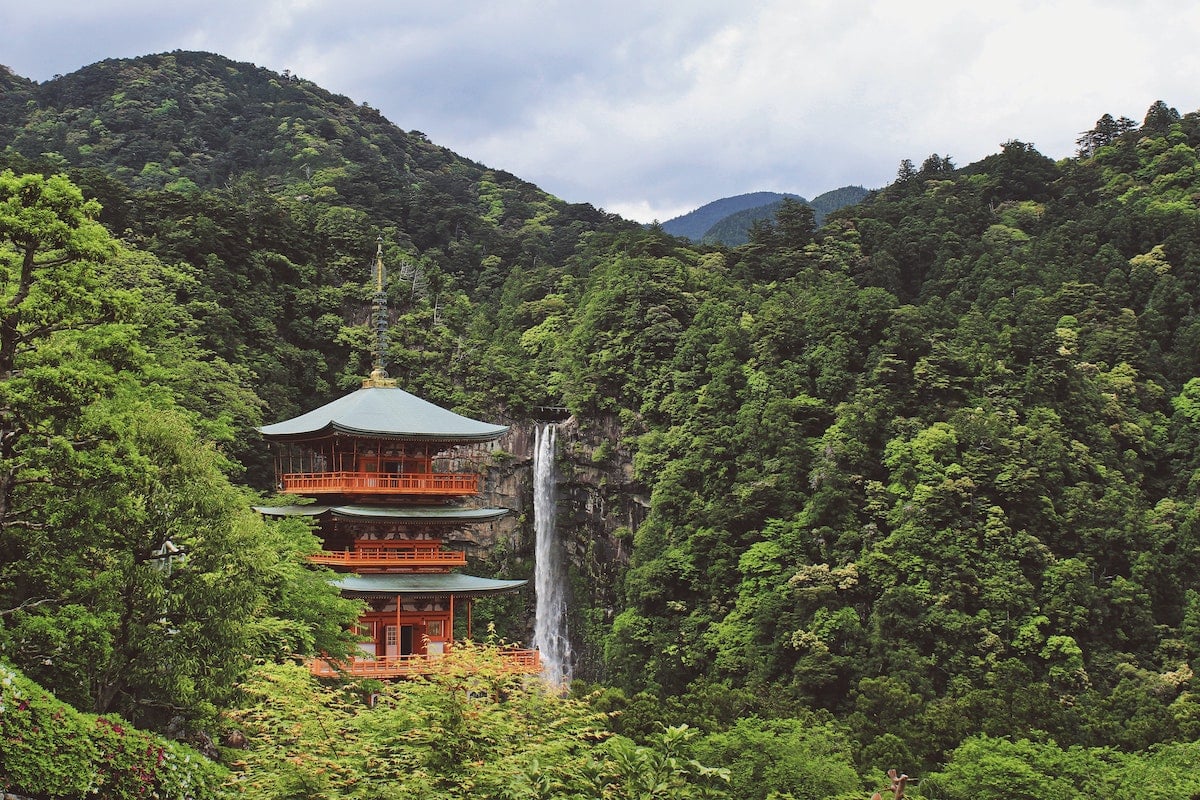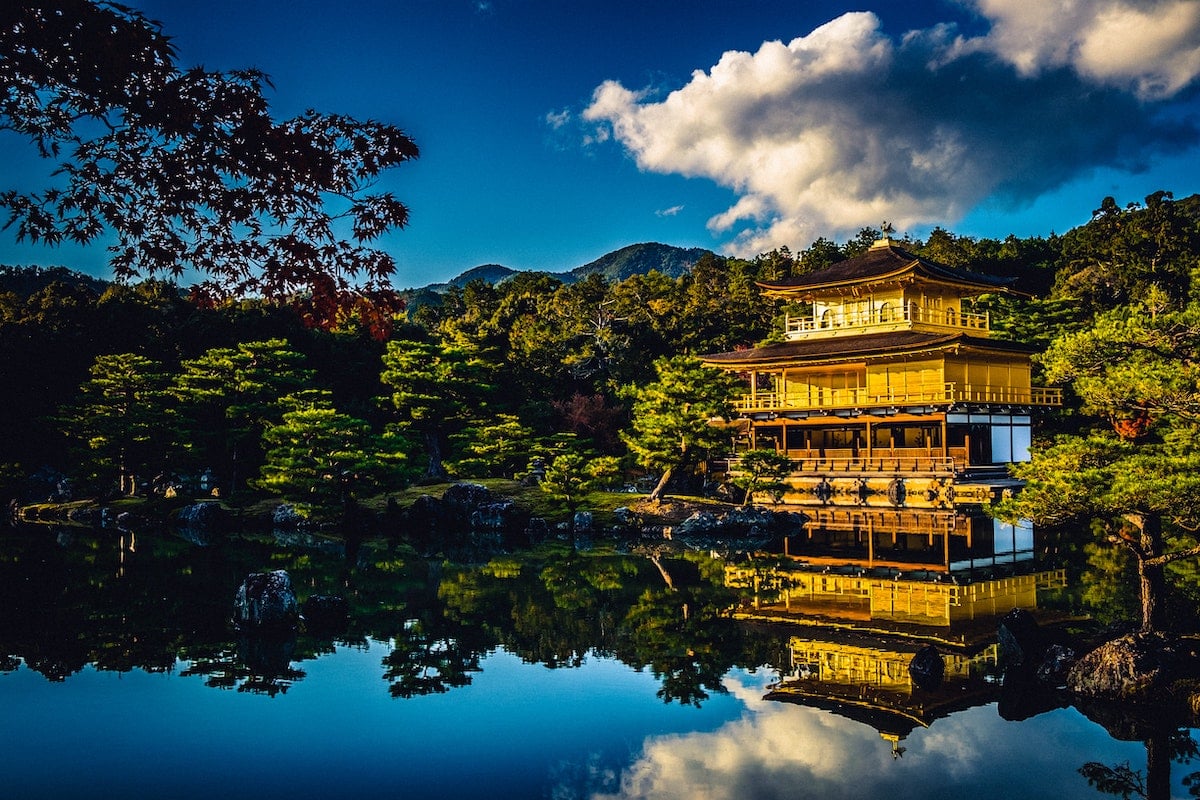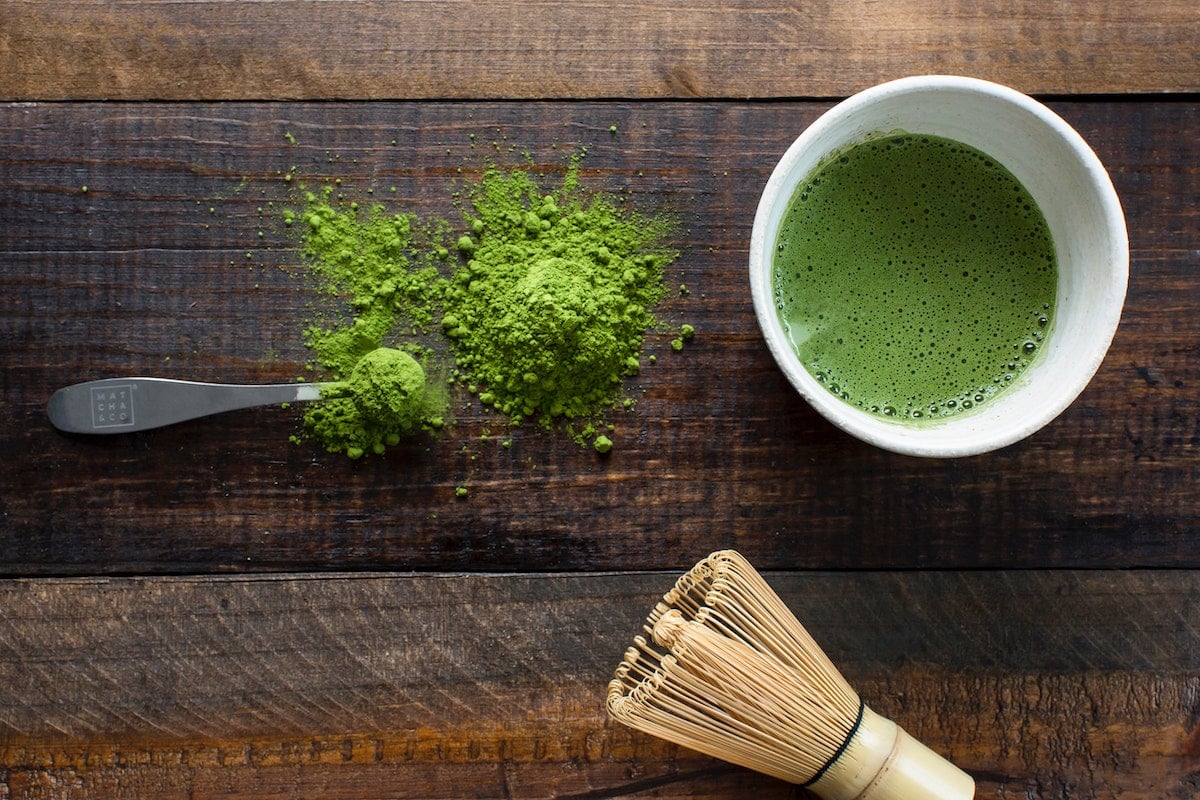
Since we’re on the topic of Golden Week, the third holiday of the busiest week in Japan is worth mentioning because its theme is all about taking a breather and enjoying one’s surroundings. Without further ado, here’s all you need to know about Greenery Day.
The history behind Greenery Day
Greenery Day wasn’t always on May 4; the first one took place less than 30 years ago (under a different name) and less than 20 years ago, formally as Greenery Day, making it a relatively new holiday. It’s also a holiday that experienced a couple of changes before the date and name were finalized. Before Greenery Day, the holiday was known as Tenno Tanjoubi (天皇誕生日) and celebrated on April 29 because it was the public holiday assigned to the reigning emperor’s, Emperor Showa or Hirohito’s, birthday.
Emperor Hirohito ascended the Chrysanthemum Throne in 1926, and the Emperor’s Birthday holiday was celebrated every April 29. When Emperor Akihito succeeded Emperor Showa, the Tenno Tanjoubi holiday was rightfully moved to the new emperor’s birthday, which was December 23. However, April 29 remained as a public holiday as Showa Day.

Greenery Day was already a holiday but without an official name. It was required by law to convert any day sandwiched between two holidays (Constitution Memorial Day on May 3 and Children’s Day on May 5) as a public holiday. Therefore, May 4 became known as “citizen’s holiday” from the time of the adjustment, which was about two years.
It was only in 2007 when the Japanese government decided to separate Showa Day from Greenery Day officially. The latter was moved to May 4 and was chosen to acknowledge Emperor Hirohito’s love for plants. The government wanted to celebrate Greenery Day without a direct reference to Emperor Hirohito’s regime, which is said to be quite controversial from a historical point of view. Greenery Day was then established for the country to get a chance to commune with nature and be grateful for one’s blessings.
Greenery Day in its true sense
Emperor Hirohito wore two faces, according to a written biographical memoir of him. He was “placid, impassionate, and an even leader in public regard.” He was also an eager individual, curious in the field or laboratory, and keen on understanding and making discoveries. It is said that Emperor Showa showed his true personality through his love of nature, respect for all living things, and confidence in the brotherhood of science. Emperor “Hirohito was a born naturalist who had to be the emperor,” said one Professor Woodroofe describing the leader.

It started when he was 12 years old and began studying the wildflowers of Shiobara. He and his brother Prince Chichibu also collected and identified insects two years earlier. Despite not having the scientific names and access to information about his findings, the young Hirohito continued on his passion and collected, preserved, and identified a wide variety of living things from worms to weeds. His collection grew until he needed his own herbarium and museum. “Sympathy with all nature seems to have been the motive, as it pervaded his poems, even his commands,” wrote Edred John Henry Corner, a botanist assigned by the Japanese government to protect and preserve the Botanical Gardens’ herbarium collection. Given their shared interests, Emperor Hirohito allowed Corner to work with him.
To celebrate green is to celebrate blue
Greenery Day’s theme expanded beyond Emperor Hirohito’s love of plants and became a symbol of appreciating Mother Nature in all her glory, including the close relationship between land and water, represented by the color green and blue, respectively.

Coto Academy notes that if we take the translation of Midori no Hi (みどりの日) verbatim, it would mean “Green Day” or “Day of Green,” hence Greenery Day. However, the color green only gained its “color status” during the Heian period (794 AD). The shade of green, prior to that period, fell within the range for the color blue.
The traces of the mix between the two colors can also be seen with the names of objects such as leafy vegetables like Aoba (青葉), a green leaf with the kanji ao (青), which means blue. Going back to Emperor Hirohito, although he was a scientist with a diverse interest in studies, he spent most of his life studying and supporting marine biology specifically.
You also have the public holiday’s core meaning which is a reminder to take a step back and commune with nature, including the blue sky and blue waters. Therefore, it is safe to say that celebrating green also means celebrating blue.
What to do on Greenery Day
The temperate weather of Golden Week, where it’s not scorching hot nor spine-tingling cold, makes it a great time to be outdoors. Therefore, one of the most common practices during Greenery Day is to go out, whether travel to one’s home province for the holidays or start another planting season.
If you like green tea, now is the best time to get the tastiest picking of green tea leaves. Ichibancha, or the first flush tea, happens at this period and has the reputation and rating as a top-quality tea. Theanine, the amino acid that gives tea its flavor, is abundant when the weather is relatively cold but still suitable for planting; hence Ichibancha yields the best harvest out of the three (nibancha and sanbancha harvest in July and September). You can go to a tearoom or shop in artisan tea shops to get a chance to taste top-notch tea.

For group events, you can join those that plant trees. It is customary for the reigning emperor and empress to attend the tree-planting event hosted by Japan’s National Land Afforestation Promotion Organisation. The emperor would give a speech relating to Greenery Day then the couple would lead by example and plant a tree. Public areas throughout the country are also cleaned during this day.
You can attend colorful parades or stroll through streets decorated with paper lanterns. If you want to stick to the theme of celebrating nature on Greenery Day, you can visit one of the many gardens and zoos in Tokyo such as
- Ueno Zoo
- Rikugien Garden
- Inokashira Nature & Culture Park
- Hama Rikyu Garden
- National Museum of Nature and Science
- Tokyo Sea Life Park
- Jindai Botanical Gardens
Some zoos, aquariums, museums, and gardens even offer free admission on Greenery Day! Of course, we advise checking with your local area beforehand as schedules and activities may vary in light of the coronavirus pandemic.
Whether it’s gardening at home or visiting a botanical garden, there are many ways to celebrate and commune with nature this Greenery Day. It’s a great way to unwind and take a step back from one’s daily activities.



















